The screening of aged garbage requires the collaboration of two levels of equipment, pre-treatment and deep sorting. The core equipment in the preprocessing stage includes a jaw crusher, which can crush hard blocks of over 300mm to 50-100mm to avoid subsequent jamming; The vibrating feeder evenly transports materials and controls the processing rhythm; The double-layer drum screen separates coarse, medium, and fine materials through 80-100mm and 20-30mm sieve holes, reducing the adhesion of viscous materials. The deep sorting stage relies on the use of air separators to separate light plastics and heavy inert materials based on density differences; The strong magnetic separator recovers ferromagnetic metals with a magnetic field strength of 12000-15000 Gauss; The bouncing screen separates plastic and bricks based on differences in elasticity; The disc sieve separates fibrous materials through gaps. These devices form a complete screening chain, laying the foundation for subsequent resource recovery.
Preprocessing stage: Breaking clumps and preliminary sorting equipment
Long term accumulation of stale garbage can easily form hard lumps, mixed with soil, bricks, plastics, fabrics, etc. It is necessary to first break the lumps and separate large impurities through pretreatment, laying the foundation for subsequent sorting. The core equipment includes jaw crushers, vibrating feeders, and Trommel Screen.
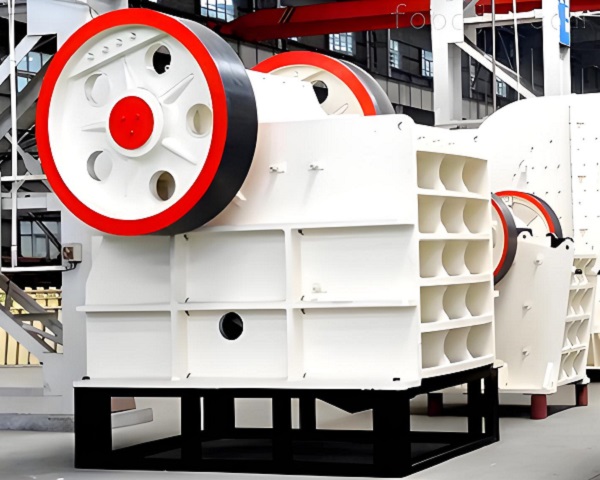
1.Jaw crusher: Aged garbage often contains hard substances such as bricks, concrete blocks, and large humus clumps, which need to be roughly crushed by a jaw crusher. The principle is to use the periodic squeezing action of the moving jaw and the fixed jaw to crush large pieces of material with a diameter exceeding 300mm to 50-100mm, avoiding subsequent equipment blockage. The characteristics of this equipment are high compressive strength (able to handle materials with compressive strength below 320MPa), large feed inlet (suitable for irregular shapes of aged garbage), but regular maintenance is required to address jaw plate wear issues.
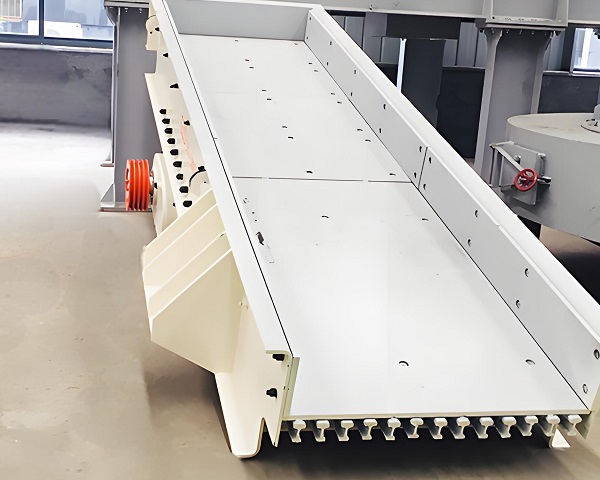
2. Vibration feeder: As the "material conveying center" in the pre-processing stage, the vibration feeder can evenly and continuously transport the crushed stale garbage to subsequent sorting equipment (such as drum screens), avoiding material accumulation and reducing sorting efficiency. It uses the vibration force generated by the eccentric block to make the material move uniformly along the conveyor trough, and can control the feeding amount by adjusting the vibration frequency to adapt to different processing scales (processing capacity of 50-200 tons per hour). At the same time, it has a dust-proof sealing design to reduce dust pollution in the pretreatment process.
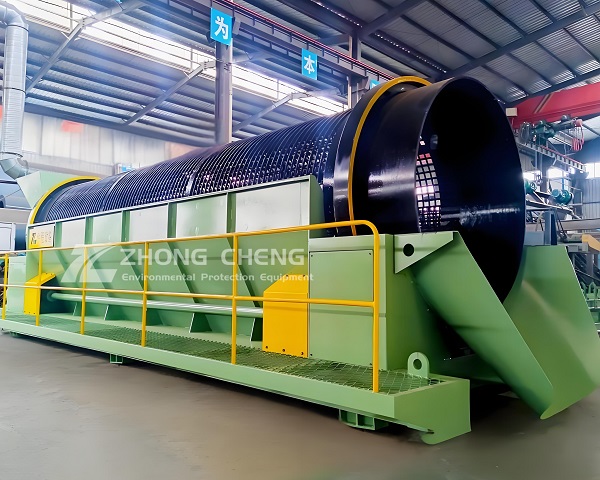
3. Trommel Screen: The core sorting equipment in the preprocessing stage, mainly used to separate materials by particle size. After being crushed, the aged garbage enters the inclined drum. The scraper on the inner wall of the drum carries the material up and down, and fine particles smaller than the sieve hole (such as humus and fine soil) leak out from the sieve hole. Coarse particles larger than the sieve hole (such as plastic, fabric, and small bricks and stones) are discharged from the end of the drum. According to the characteristics of aged garbage, drum screens usually use double-layer screens (upper screen holes 80-100mm, lower screen holes 20-30mm), which can simultaneously separate three types of materials: coarse, medium, and fine. Fine materials can directly enter the subsequent humus processing stage, while coarse and medium materials enter the deep sorting stage. The advantage of this device is its large processing capacity and strong adaptability to viscous materials (the rotation of the drum can reduce material adhesion), but it requires regular cleaning of the sieve holes to prevent blockage.
Deep sorting process: equipment for separating recyclables and energy materials
The pre processed coarse and intermediate materials still contain recyclable materials such as plastics, rubber, metals, fabrics, as well as organic combustibles that can be used for biogas production or incineration. Accurate separation needs to be achieved through equipment such as wind selection, magnetic separation, and bouncing separation. The core equipment includes wind selection machines, magnetic separation machines, ballistic screen, and disc screens.
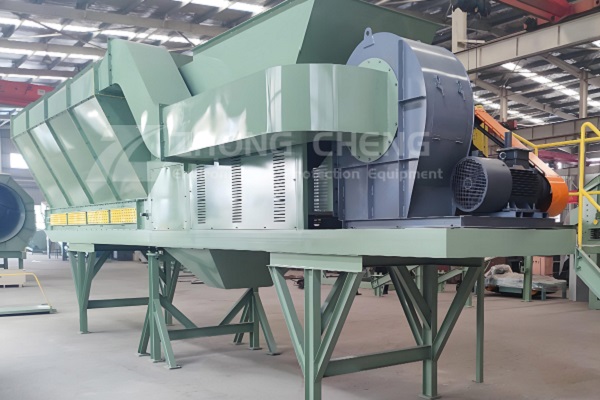
1. Wind separator: uses the difference in material density to separate light combustibles and heavy impurities. Light materials (density<1g/cm ³) such as plastic, foam, fabric and heavy materials such as masonry and metal in the stale garbage show different movement tracks under the air flow of the air separator - light materials are taken away by the air flow and enter the subsequent plastic sorting process; Heavy materials fall due to gravity and enter the metal recovery or inert material landfill process. In response to the high humidity of stale garbage, a "negative pressure air separator" is commonly used to reduce the impact of water vapor on the airflow through negative pressure adsorption, while avoiding dust overflow. The sorting efficiency can reach over 85%.
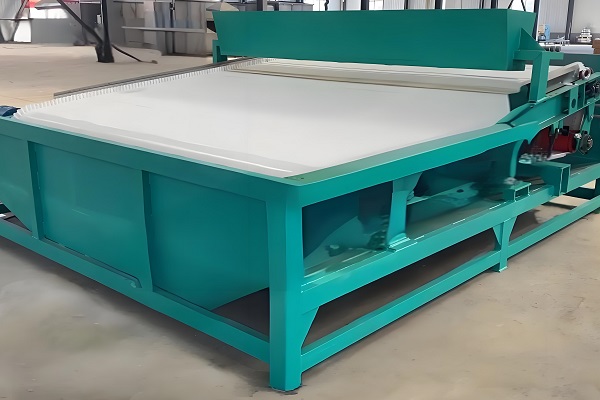
2. Magnetic separator: used for recycling ferromagnetic metals (such as iron nails, iron wires, and iron sheets) from aged garbage. The principle is to use the magnetic field generated by the permanent magnet drum to adsorb the ferromagnetic substances in the material onto the surface of the drum, and then detach them after rotating to the non-magnetic zone, achieving separation from other materials. Considering that metals in aged garbage are easily wrapped in humus, a "strong magnetic drum magnetic separator" is usually used, with a magnetic field strength of 12000-15000 Gauss. Even if 5-10mm thick humus is attached to the metal surface, it can still be effectively adsorbed, and the metal recovery rate exceeds 90%. The separated iron metal can be directly recycled for takeaway, reducing the cost of waste disposal.
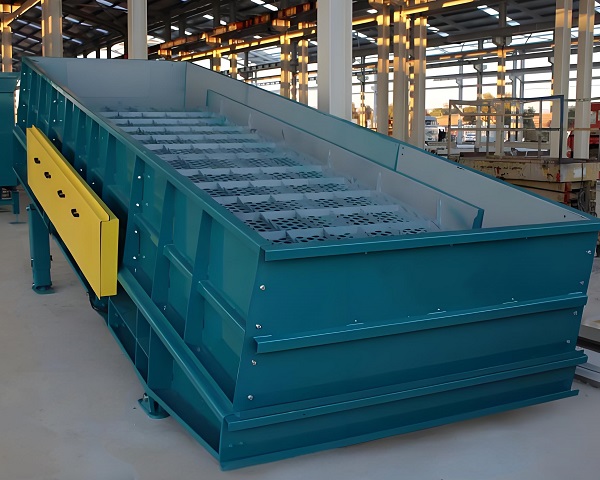
3. Ballistic Screen: Separate plastic and inert materials based on the difference in material elasticity. The plastic (such as PE and PP) in aged garbage has good elasticity, while inert materials such as bricks, concrete blocks, etc. have poor elasticity. When the material falls on the high-frequency vibrating screen plate of the Ballistic Screen, the plastic will move upward due to elastic rebound and be discharged from the discharge port above the screen plate; Inert materials, due to weak rebound force, slide down along the sieve plate to the lower discharge port, achieving separation between the two. The vibration frequency of the sieve plate of this device can be adjusted (usually 500-800 times/minute), suitable for different sizes of plastic particles, especially for separating plastic blocks with a diameter of 20-100mm. The sorting purity can reach over 90%, providing high-quality raw materials for subsequent plastic recycling.
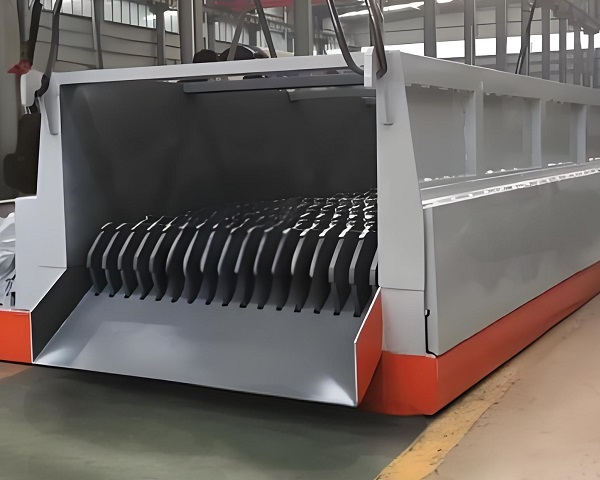
4. Disc screen: Designed for fiber materials (such as rotten fabrics and wood debris) in aged garbage, it sorts materials through the rotation and clearance of the disc. The screening surface of the disc sieve is composed of multiple parallel arranged discs, forming a certain gap (adjustable to 10-30mm) between adjacent discs. When materials pass through, fibrous materials, due to their strong toughness and easy entanglement, will be driven by the discs to the discharge port; Small pieces of bricks, plastic fragments, etc. leak out from the gaps between the discs, achieving the separation of fibers from other materials. The separated fiber materials can be mixed with organic humus to produce organic fertilizers or as raw materials for biogas fermentation, improving resource utilization efficiency.
The screening of aged garbage is a key step in its recycling and utilization, which requires the collaboration of multiple equipment. Jaw crushers are commonly used in the preprocessing stage to crush large and hard materials, and vibrating feeders are used to evenly transport the materials. In the core screening equipment, the trommel screen separates materials of different particle sizes by rotation, and separates coarse, medium, and fine materials; Ballistic screen utilizes the difference in material elasticity to separate plastic and inert materials; The disc sieve is used for sorting fiber materials. During deep sorting, the air separator separates light combustibles and heavy impurities based on density, while the magnetic separator recovers ferromagnetic metals. These devices, when used in conjunction, can effectively separate recyclables, organic components, and inert substances from aged garbage, laying the foundation for subsequent resource utilization.
Save Time! Get A Detailed Quotation Quickly.
